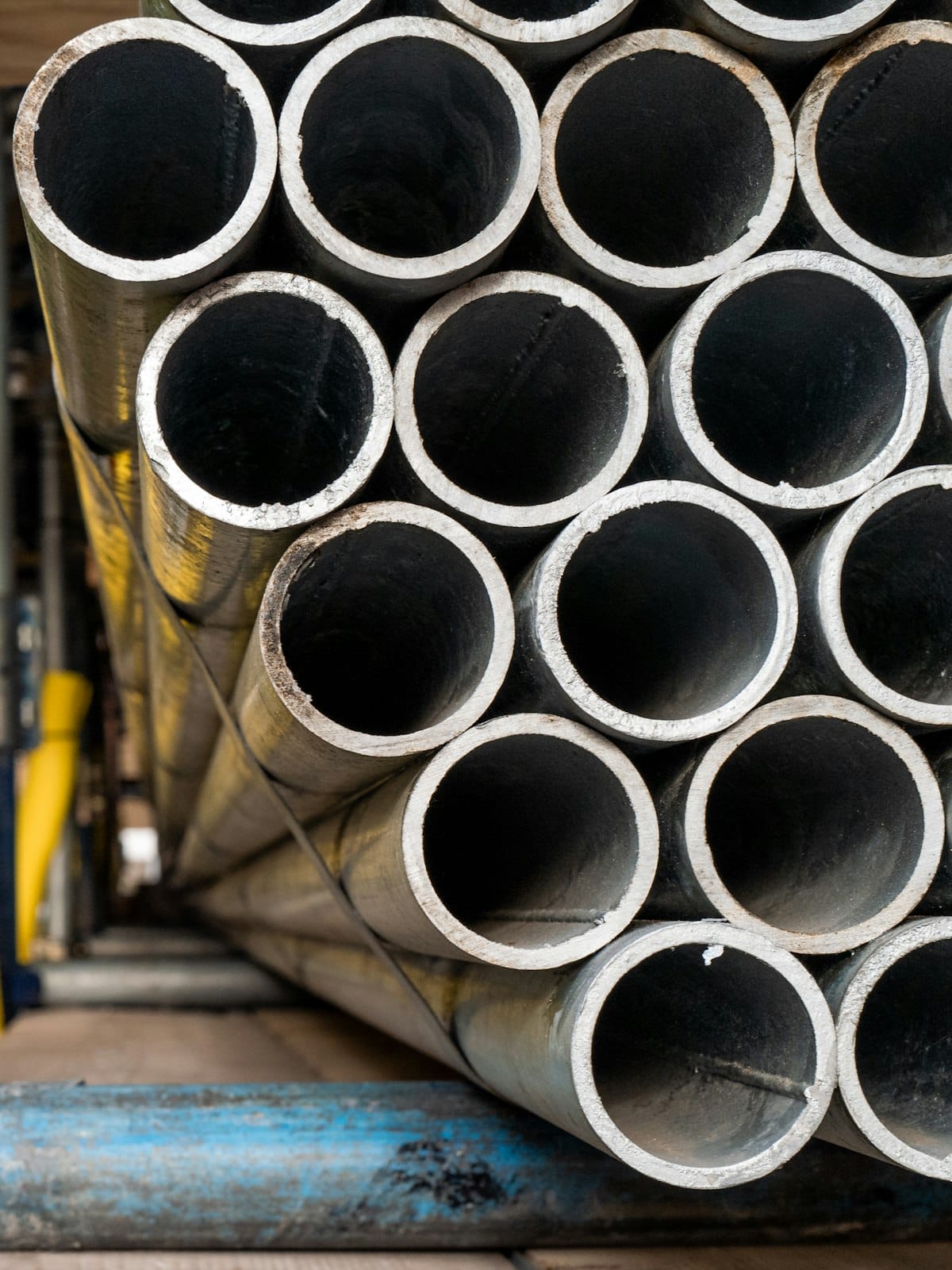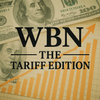
By Sheryl Connection Catalyst | WBN News Global | WBN News Tariffs Edition June 4, 2025
Join WBN News as a Contributor or Subscriber for Free!
On June 3, 2025, U.S. President Donald Trump signed an executive order doubling tariffs on imported Canadian steel and aluminum from 25% to 50%. The move is framed by the White House as a measure to protect American manufacturing jobs and revive the domestic metals industry. It marks a significant escalation in U.S. trade policy and echoes Trump’s first-term actions in 2018, which triggered retaliatory measures and strained Canada–U.S. economic relations.
This time, only the United Kingdom was granted a temporary exemption via a new bilateral trade agreement that remains conditional on regulatory alignment to be reviewed by July 9.
Impact on Key Sectors
Canada exports roughly 90% of its aluminum and over 50% of its steel to the U.S., creating a significant vulnerability to this tariff hike. Major producers such as Stelco, Algoma Steel, and Alcoa Canada will likely see significant negative profit margin impact as their products become less competitive in the U.S. market.
The Canadian automotive sector — heavily integrated with U.S. supply chains — may face increased input costs, as Canadian-made steel and aluminum are essential components in vehicle production. Similarly, the construction industry, reliant on affordable domestic metals, may see cost overruns and project delays, particularly in infrastructure-heavy provinces like Ontario and Alberta.
Economic Implications
According to Diane Swonk, chief economist at KPMG U.S., a Federal Reserve study of the 2018 tariffs revealed that steel and aluminum duties ultimately led to job losses in U.S. manufacturing by raising production costs. BMO economist Sal Guatieri warned that this latest tariff could be a bellwether for broader trade restrictions that would increase the average U.S. tariff rate to 15%, affecting other sectors like autos, lumber, and semiconductors.
Exploring New Markets
In light of the tariff hike, Canadian producers are exploring alternative export destinations:
Short-Term: Redirecting exports to existing trade allies like the European Union, Japan, and South Korea is realistic. These nations have stable trade frameworks under CETA and CPTPP. However, absorbing large volumes quickly may be difficult due to existing supplier relationships.
Medium-Term: Southeast Asia and Africa present moderate opportunities. However, logistical, regulatory, and pricing challenges could limit gains.
Long-Term: Canada has a chance to position itself as a premium supplier of green steel and aluminum. There is already a cleaner smelting process due to its reliance on hydroelectricity.
By investing in sustainable production, Canadian firms could become global leaders in environmentally friendly metals, an increasingly important differentiator.
Sheryl Rogers- The Connection Catalyst
Toronto, Ontario
Sheryl brings unique perspective, offering fresh insight where others see only chaos.
📧 torontobiznews@gmail.com
🔗LinkedIn: https://www.linkedin.com/in/sheryl-rogers/
🟦 Bluesky: @connectioncatalyst.bsky.social
🔔 Join WBN News as a Contributor or Subscriber for Free!
Hashtags: #Tariffs #TradeTensions #CanadianSteel #AluminumIndustry #EconomicImpact #GlobalMarkets #Toronto #Connection Catalyst
Sources:
- Financial Times (June 3, 2025) – Coverage of the executive order and details on the U.K. carve-out deal.
- BNN Bloomberg (March 2025) – Analysis of Canadian industry impacts, particularly on construction and auto manufacturing.
- S&P Global Ratings (March 2025) – Report on the chilling effects of tariffs on Canadian corporate earnings.
- Federal Reserve (2019 Study) – Analysis of economic impact from Trump’s 2018 steel and aluminum tariffs.
- KPMG (Diane Swonk, 2025 Commentary) – Forecasts on inflation and manufacturing job risks in the U.S.
- BMO Capital Markets (Sal Guatieri, June 2025) – Commentary on broader economic risks and potential U.S. tariff escalation.



